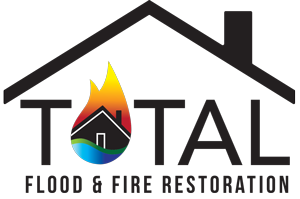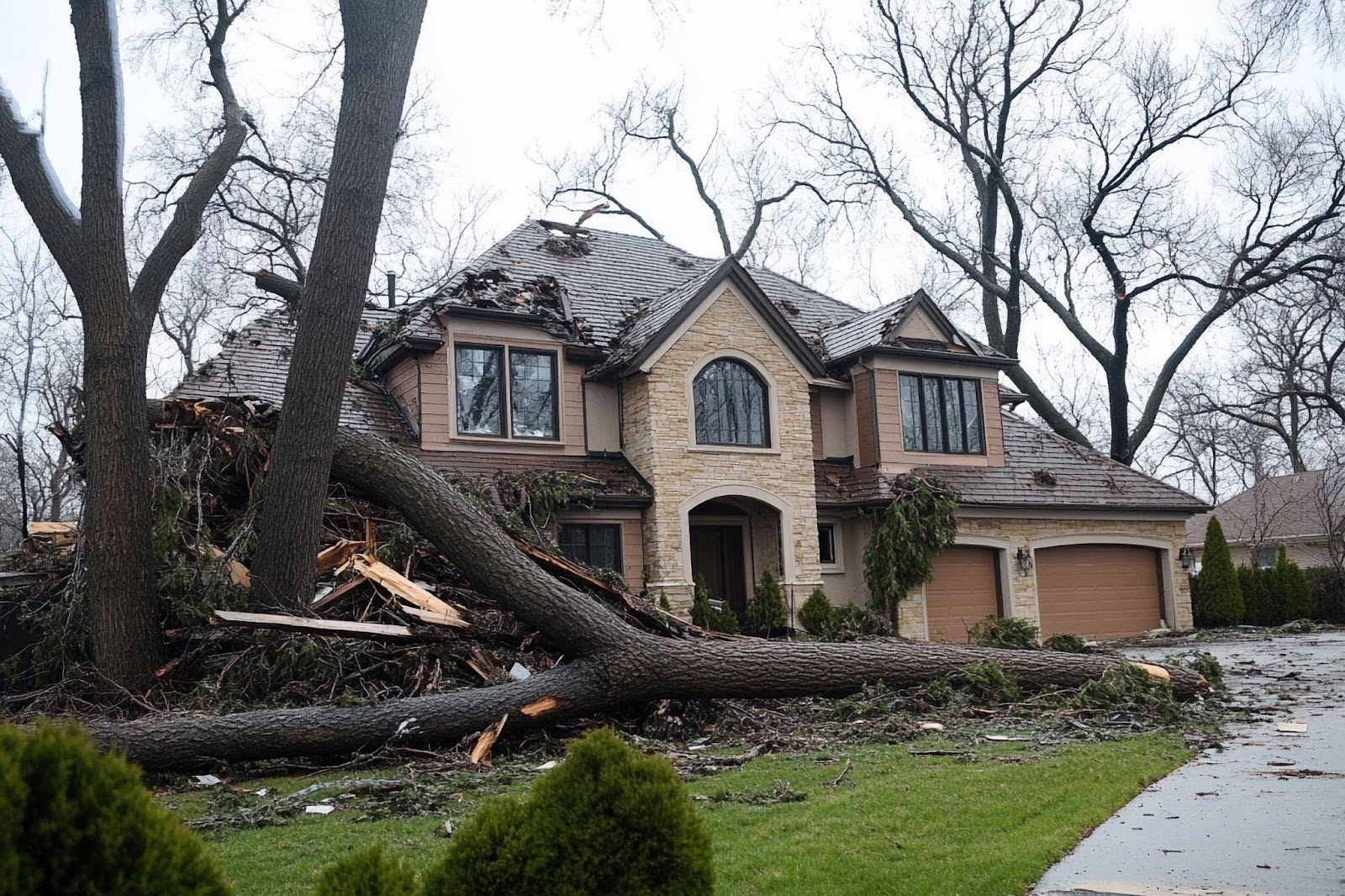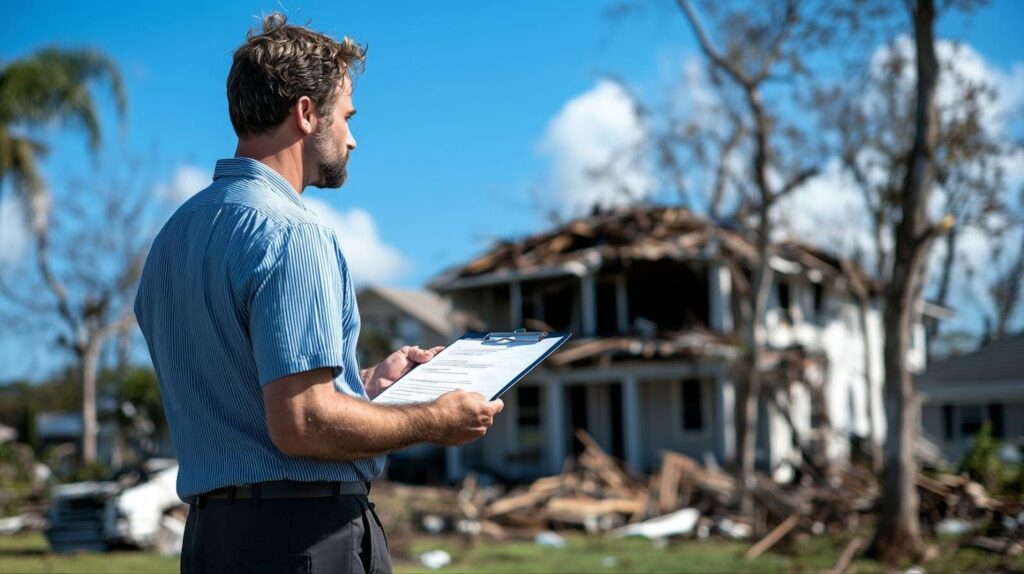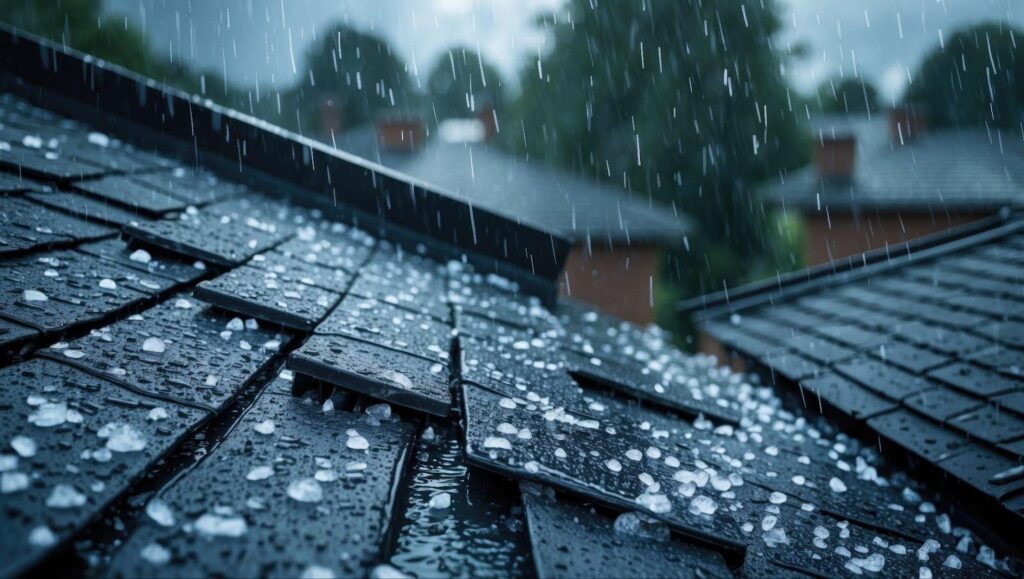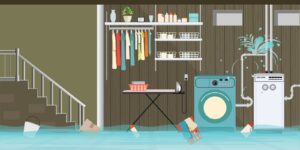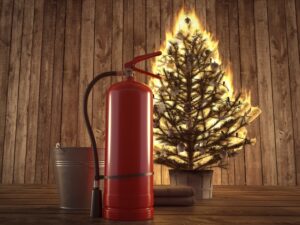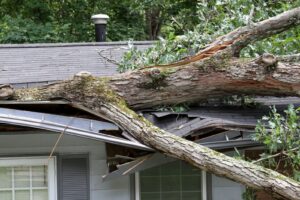Storms strike quickly and leave behind a trail of damage that feels overwhelming. Fallen trees, leaking roofs, shattered windows, and water-soaked interiors create immediate stress for homeowners already dealing with the emotional impact of the event. Choosing where to begin the recovery process often adds to the confusion.
This blog shows you how to prioritize home repairs after a storm. Whether you face roof damage, flooding, or structural concerns, you’ll learn how to take effective steps in the right order. With a clear plan, you gain control, stay focused, and confidently move toward full recovery.
Ensure personal safety
Before stepping back inside your home, take a moment to assess your surroundings with safety as your top priority. Storms often cause hidden structural damage that compromises roofs, ceilings, and support beams. Walk the perimeter and look for signs of collapse, sagging, or instability before entering.
If your home has flooded or shows visible damage, shut off the electricity and gas at the main source. Water and electricity together create a dangerous environment. Avoid touching switches, appliances, or electrical panels until a professional confirms the area is safe.
Stay alert for downed power lines, the smell of gas, or shattered glass. Do not attempt to move wires or broken materials without help. Report utility concerns immediately and keep children and pets away from affected areas. Prioritizing safety lays the foundation for a smooth and secure recovery process.
Document all storm damage
Thorough documentation plays a critical role in your recovery. Start by taking clear photos and videos of every affected area, inside and outside your home. Capture wide shots to show the full scene and close-ups highlighting specific damage. Include multiple angles for each issue, such as broken windows, roof tears, or water-damaged walls.
Create a detailed inventory of all damaged belongings. List each item’s description, estimated value, and condition before the storm damage. If you have old photos or receipts, attach them for added proof. This information helps your insurance provider process your claim quickly and accurately.
Save every receipt for temporary repairs, hotel stays, meals, and emergency supplies. Your insurer may reimburse these costs if they directly relate to the storm’s impact. Organized documentation builds a strong case and gives you greater confidence when navigating the claims process.
Contact your insurance provider
Reach out to your insurance company immediately after documenting the damage. Early communication allows you to file a claim quickly and reduces delays in getting repairs approved. Be ready with your policy number and a clear summary of the damage you’ve observed.
Ask your representative to explain your policy, including exclusions and limits. Understand your deductible and how it applies to storm-related damage. This knowledge helps you plan for out-of-pocket costs and prevents surprise expenses later in the process.
Coordinate a visit from the insurance adjuster and prepare to walk them through the damage. Provide photos, videos, and your itemized inventory. Answer their questions clearly and offer any additional details they request. The more thorough your documentation, the stronger your claim becomes. Working closely with your insurer builds a smoother path toward full repair and recovery.
Secure your home with temporary repairs
Take immediate action to protect your property from further damage while you wait for full repairs. Start by boarding up broken windows to keep out rain, wind, and debris. This step also improves safety and deters unwanted entry.
Use heavy-duty tarps to cover areas of the roof where shingles or sections have blown away. Fasten the tarp securely to prevent additional water from entering your home during the next storm or rainfall.
If water has entered your home, remove it quickly. Use wet/dry vacuums, mops, or pumps to clear standing water. Follow up with fans or dehumidifiers to dry the area and prevent mold from forming. These temporary fixes help protect your home’s structure, reduce future repair costs, and give you peace of mind until permanent solutions are in place.
Prioritize structural and safety-related repairs
Focus first on the systems that protect your home’s integrity and your family’s well-being. Begin by inspecting the roof, foundation, electrical wiring, and plumbing. These areas form the backbone of your home and often suffer hidden damage after severe storms.
Repair damaged or exposed roofing to stop leaks and prevent further water intrusion. Check the foundation for cracks or shifts that may compromise the stability of your structure. If electrical panels or wiring got wet, bring in a licensed electrician to inspect and restore power safely. Likewise, fix burst pipes, broken connections, or drainage issues before they lead to mold or interior flooding.
Look for signs of structural distress, such as bowed walls, cracked support beams, or sagging ceilings. Address these problems right away to prevent collapse or more serious deterioration.
Address water damage and mold quickly
Respond to water damage immediately to stop it from spreading and avoid long-term problems. Dry out damp areas within 24 to 48 hours to reduce the chance of mold taking hold. Use fans, dehumidifiers, and open windows to improve airflow and speed up drying.
Remove water-soaked materials that will not dry properly, such as saturated drywall, carpet, insulation, and warped flooring. These materials often hold moisture deep within, creating the perfect environment for mold growth.
Watch for early signs of mold, such as musty odors, discoloration, or fuzzy growth on walls and ceilings. If you suspect widespread contamination or notice mold in multiple areas. They use specialized tools and proven techniques to eliminate mold safely and thoroughly.
Restore central home systems
Focus on restoring the systems that keep your home functional and safe. Begin with your HVAC, electrical panels, and water heater. These components support your comfort and protect your health, especially during extreme temperatures.
If appliances like your refrigerator, stove, or washing machine were damaged, prioritize repairs or replacements to restore routines. Reliable appliances help you maintain food safety, hygiene, and a sense of normalcy during recovery.
Check smoke and carbon monoxide detectors throughout the house. Replace batteries, test each unit, and install new detectors if needed. Functional alarms provide protection, especially after a storm disrupts power or damages gas lines.
Plan cosmetic and exterior repairs last
Once your home is structurally sound and safe to occupy, turn your attention to cosmetic and exterior repairs. Begin by replacing damaged siding, painting interior walls, refinishing floors, and restoring curb appeal with landscaping improvements.
Save non-essential features like fences, decks, and decorative elements for the final stages of recovery. These upgrades enhance your home’s appearance but do not affect its safety or livability.
Recover with total confidence
Storm damage creates stress, but taking the right steps helps you rebuild quickly and safely. Focus on urgent repairs first, protect your home from further harm, and plan your restoration in phases.
For expert support, contact Total Flood and Fire Restoration. Our certified team handles storm cleanup, water removal, mold remediation, and repairs with speed and precision. We help restore your home and peace of mind with reliable service and genuine care.
